The trends shaping sustainable building, better described as high-performance buildings, are evolving and transforming the commercial building landscape, driven by the urgency to reduce greenhouse gas (GHG) emissions, increase resilience, and improve occupant health and wellness. These trends and the imperatives behind them are reflected in the U.S. Green Building Council’s (USGBC) Leadership in Energy and Environmental Design (LEED) version 5 (LEED v5), the new version of the premier global sustainable building rating system anticipated for release this year. This article explores the critical trends shaping high-performance buildings: energy efficiency, electrification, resilience, and smart, connected, healthy buildings.
by Alan Scott, FAIA, LEED Fellow, LEED AP BD+C, O+M, WELL AP, CEM, Intertek’s Director of Sustainability, Building Science Solutions
LEED v5
The latest version of LEED emphasizes greater energy efficiency, renewable energy, GHG emissions reductions, resilience, and indoor environmental health. LEED v5 will include a new prerequisite requiring all project teams to conduct a climate and natural hazard resilience assessment to inform the design and operational strategies to enhance resilience against hazards. It will also include new opportunities for projects to earn points for electric vehicle (EV) charging, renewable energy systems and energy storage, advanced energy metering and grid interactive metering, and indoor air quality monitoring systems. The new version is anticipated to be released this spring after USGBC member balloting.
GHG Emissions Reduction and Energy Efficiency
Energy codes are becoming more stringent, and energy efficiency remains one of the most cost-effective means to lower utility bills and reduce GHG emissions. New commercial buildings are leveraging advanced technologies, such as LED lighting and heat pumps, to minimize energy consumption while maintaining operational excellence. Existing buildings will increasingly be implementing efficiency retrofits to meet tenant and investor expectations and to comply with Building Performance Standards (BPS) adopted by numerous municipalities and states.
After optimizing energy performance, on-site energy production (e.g., photovoltaics) and energy storage (e.g., batteries) are important second-order strategies for GHG emissions reduction in new and existing buildings. The cost of these systems continues to fall, and they qualify for tax credits and incentives in many locations.
Electrification
Electrification is a cornerstone of decarbonization strategies, replacing fossil-fuel-powered systems with electric alternatives. Utility-scale solar and wind generation capacity is increasing rapidly, making all-electric buildings the low-carbon option almost everywhere. Commercial and residential buildings are adopting high-efficiency heat pumps, heat pump water heaters, and induction cooking. Additionally, the rise of EV charging infrastructure is reshaping parking facilities and building power requirements. Emerging technologies such as vehicle-to-grid (V2G) systems, battery energy storage solutions, and microgrids will help to optimize electrification and increase building resilience with critical backup power. Increased demand on the electrical grid and building electrical systems requires careful assessment of system capacity and compatibility at the local grid and building scale.
Smart Buildings and IoT
Smart buildings powered by Internet of Things (IoT) technology are revolutionizing how commercial spaces operate. These buildings utilize sensors, controllers, and data analytics to optimize energy consumption, enhance occupant comfort, and improve operational efficiency. This includes smart lighting systems that adjust based on occupancy and available daylight and building management systems (BMS) that automate and optimize HVAC operations as outdoor conditions and occupant densities change. Technologies such as occupancy sensors, automated fault detection, and predictive maintenance systems highlight the innovative nature of smart buildings. The next generation of smart buildings will use digital twins to optimize performance under dynamic real-world conditions. Ensuring cybersecurity for IoT devices is also critical, as vulnerabilities in these systems can have far-reaching consequences.
Advanced metering infrastructure (AMI) is gaining traction, allowing real-time energy usage monitoring and optimization. Similarly, applications of grid-interactive buildings are increasing to help electric utilities maintain grid stability through fluctuations in renewable energy production and variations in demand while saving customers on utility bills.
Indoor Air Quality Monitoring
Indoor air quality (IAQ) is a growing concern in sustainable building design, particularly in the wake of the COVID-19 pandemic. New IAQ monitoring systems use electrical components to measure and report factors such as particulate matter, carbon dioxide levels, volatile organic compounds, temperature, and humidity. These systems report real-time conditions on IAQ dashboards, and some provide health scoring. Some advanced IAQ monitoring systems are being integrated with HVAC systems, automatically adjusting ventilation rates to optimize both energy savings and occupant health and create resilience to maintain indoor air quality during wildfire smoke events.
Conclusion
High-performance, sustainable buildings are increasingly relying on advanced and interconnected electrical systems, components, and controls. These technologies and systems are critical to reducing energy use and GHG emissions, transitioning away from fossil fuels, and creating healthier indoor environments responsive to the needs of occupants. The trends shaping sustainable building practices highlight the critical role of electrical inspectors and safety professionals. As building technologies continue to evolve, staying informed and proactive is essential for inspectors to ensure compliance, safety, and performance.

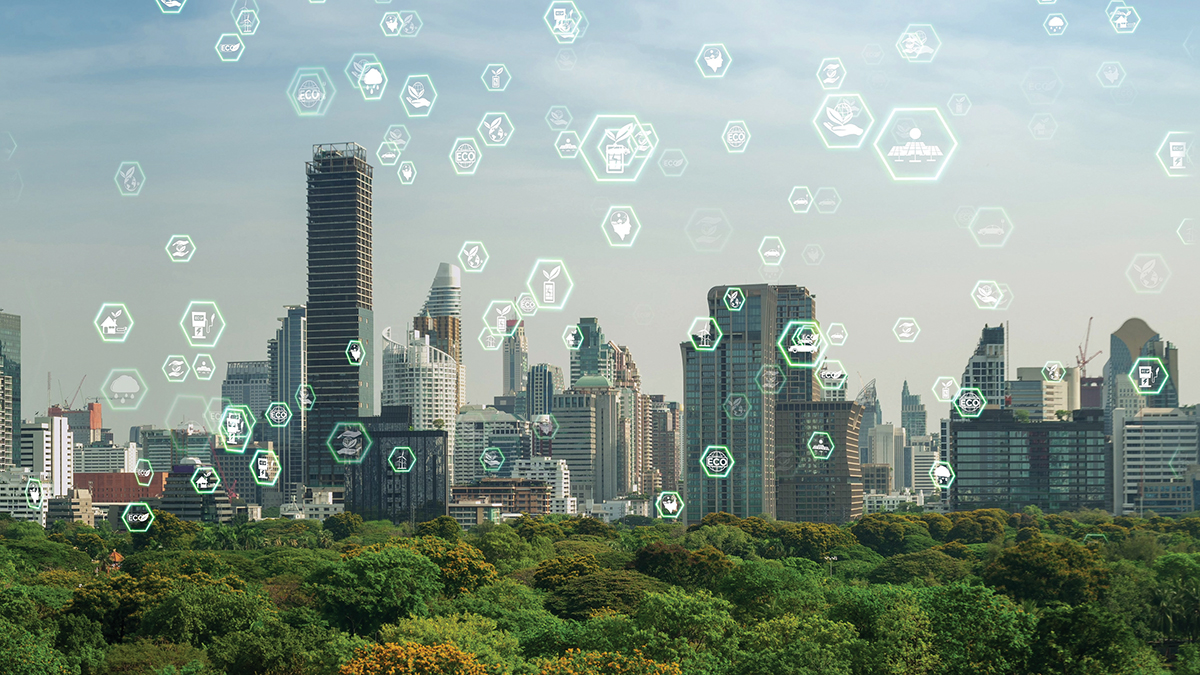
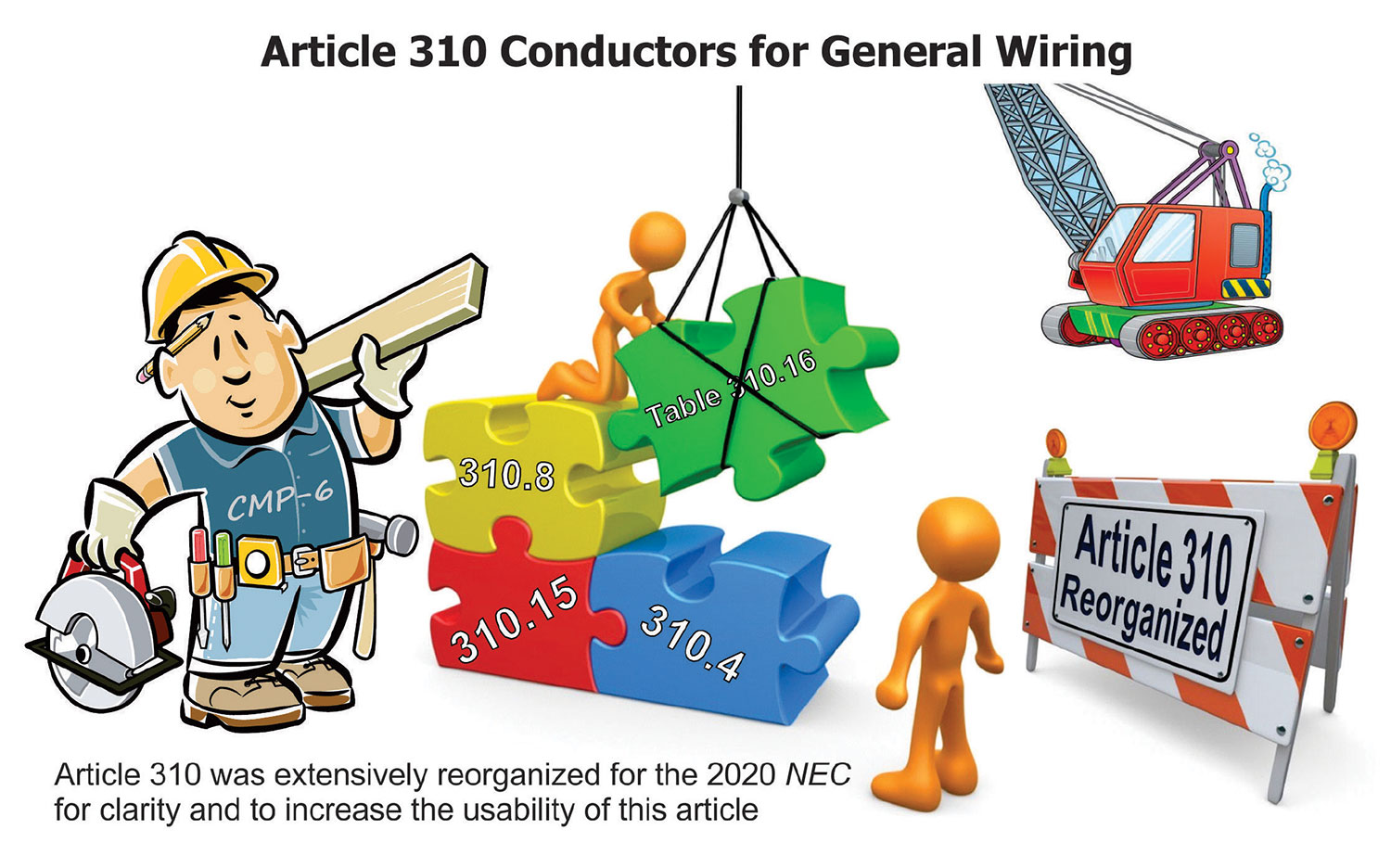
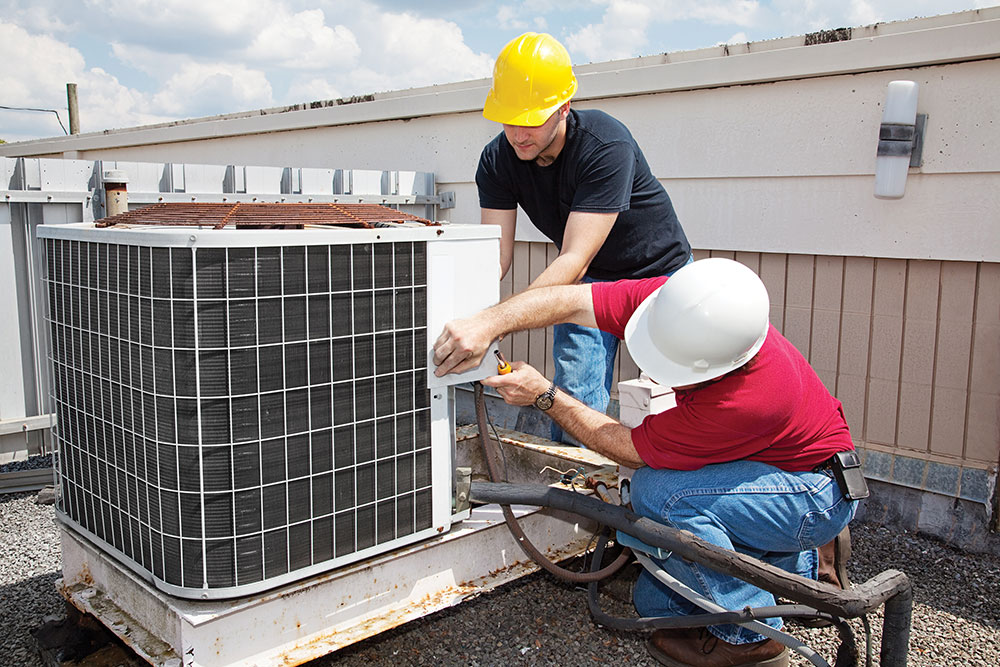

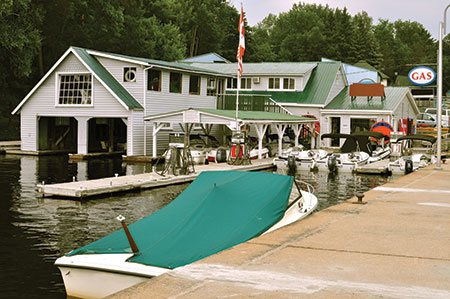


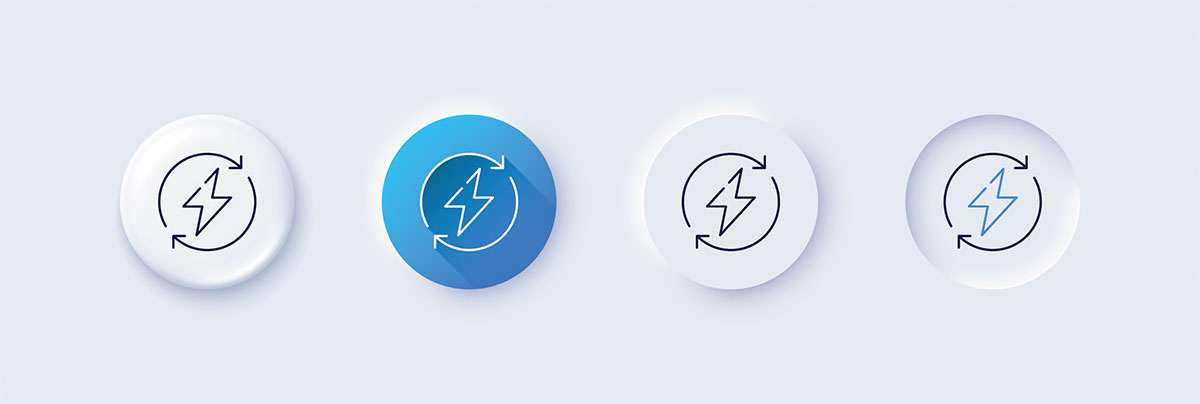
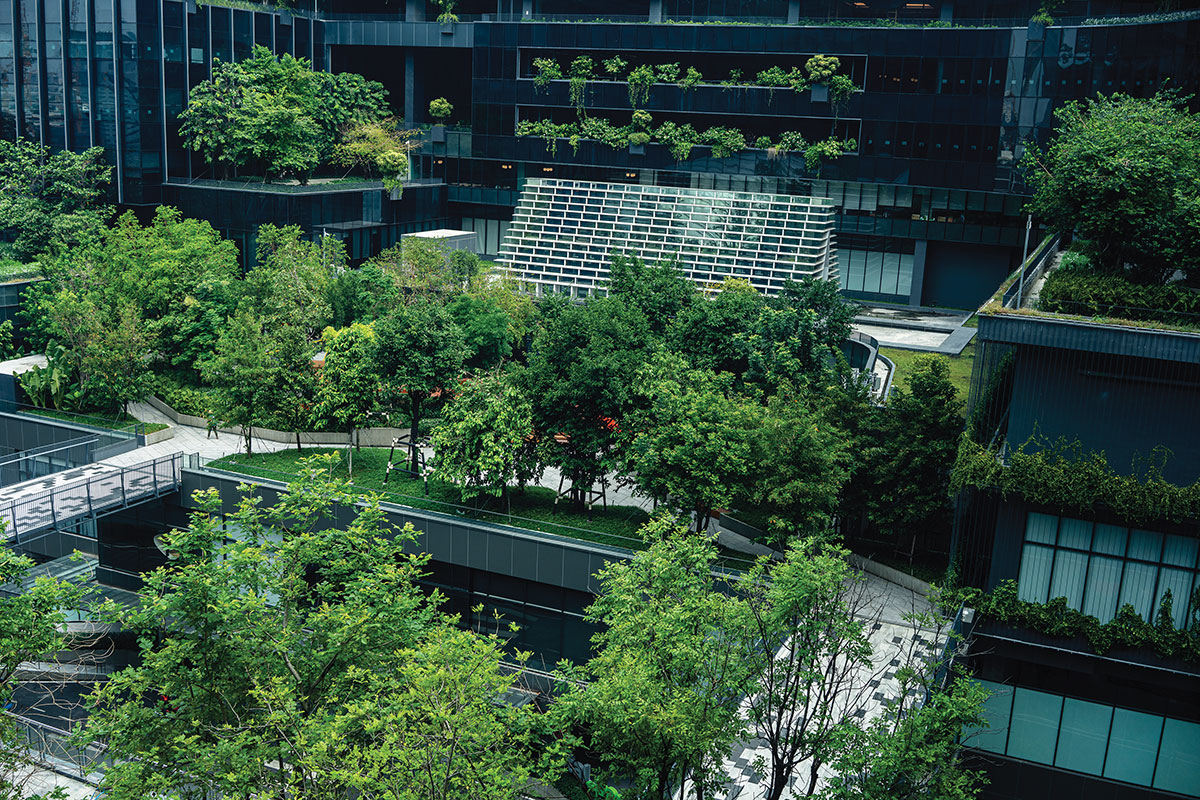
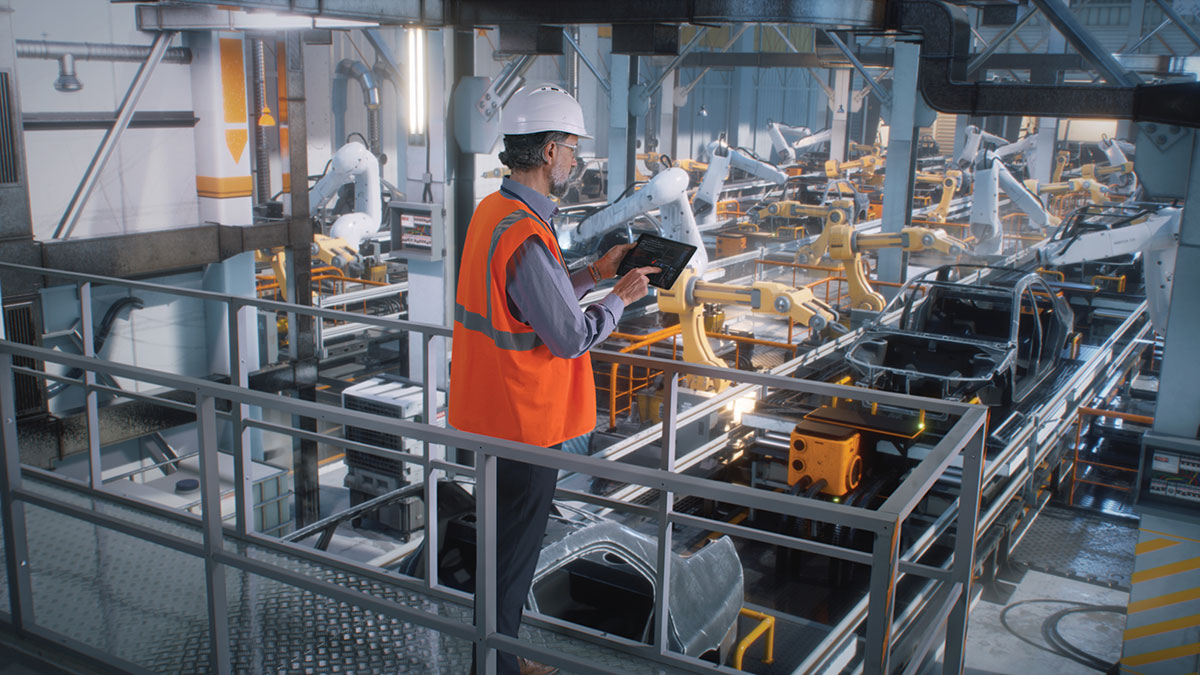
Find Us on Socials